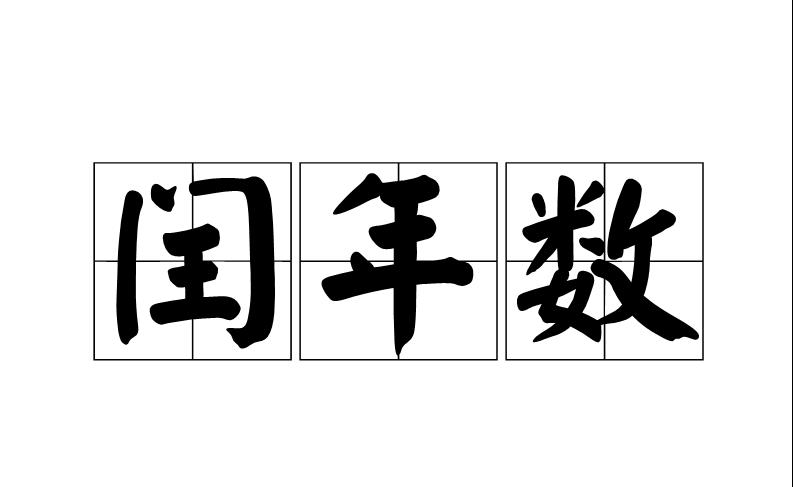A leap year is defined as follows: the Earth's orbit around the Sun is called a regression year, and a regression year is 365 days, 5:48 minutes and 46 seconds.

Therefore, the Gregorian calendar stipulates that there are common years and leap years, and there are 365 days in the common year, which is 0.242199 days shorter than the return year, which is generally calculated with four decimal places, that is, 0.2422, and the four years are shorter than 0.9688 days. That is to say, if calculated according to 365 days for one year, there will be a difference of 2422 days per 10,000 years, almost more than 6 years.
In order to make our chronology more realistic, so every four years to add a day, and put this extra day into February, so the leap year of February has 29 days, this day is also called leap day, this year has a total of 366 days, that is, leap years.
However, the four-year increase of one day is 0.0312 more than the four reversion years, and after 400 years there will be 3.12 more days, so there are 3 fewer leap years in 400 years, that is, only 97 leap years in 400 years, so that the average length of the Gregorian calendar year is similar to the return year.
It is stipulated that if the year is a whole hundred, it must be a multiple of 400 to be a leap year, for example, 1900 and 2100 are not leap years.
The Earth we live on always revolves around the sun. It takes 365 days, 5 hours, 48 minutes and 46 seconds for the Earth to orbit the Sun, or 365.2422 days. For convenience, the year is set at 365 days, called the flat year; So every four years there is almost an extra day, and adding this day to February, there are 366 days in this year, called a leap year.
Usually, there are three ordinary years and one leap year out of every four years. Gregorian years are multiples of 4 and are generally leap years.
According to the calculation of one leap year every four years, the average annual calculation is 0.0078 days, so that after four hundred years, about 3 more days will be calculated, so three leap years will be reduced every four hundred years. Therefore, it is stipulated that the Gregorian calendar year is a whole hundred, and those that must be multiples of 400 are leap years, and those that are not multiples of 400 are ordinary years. That is what we usually call: a leap in four years, a leap in a hundred years, and a leap in four hundred years.
From this, we get the way leap years are calculated:
1. If it cannot be divisible by 4, it is not a leap year;
2. If it can be divisible by 4 and cannot be divisible by 100, it is a leap year;
3. If it can be divisible by 100 and can be divisible by 400, it is a leap year;
4. If it can be divisible by 100, but not by 400, it is not a leap year.